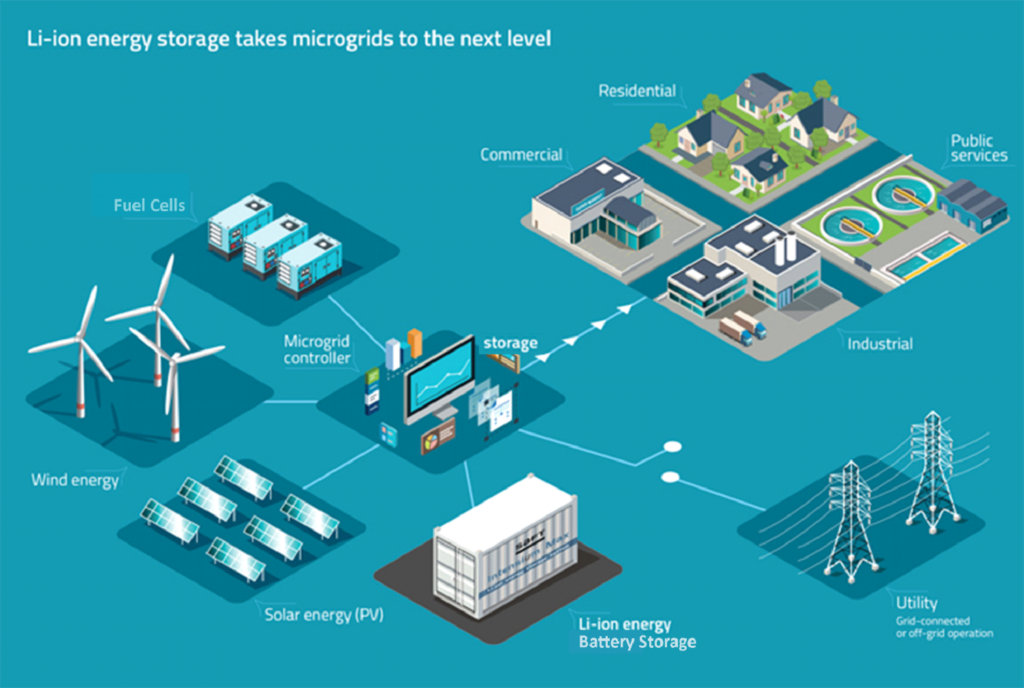Welcome to Brevianenergy affordable, reliable, renewable power.
Welcome to Brevianenergy affordable, reliable, renewable power.
Brevian Energy has positioned itself as a promoter of clean renewable energy adoption among Low to Moderate Income (LMI) communities and families. Our main goal is to provide an opportunity for these communities to access and use clean renewable energy for their households. We understand that marginalized communities often miss out on the benefits of the Renewable Energy movement, which is why we established the Brevian Energy Community Advocate Program (BECAP). This program aims to address the challenges faced by LMI communities who are unable to afford installing solar panels on their rooftops, whether due to financial constraints or renting their homes.
At Brevian Energy, we want to assure LMI communities that we are here to support them in their energy needs. Our core mission involves assisting these communities, reassuring them that they are not left behind in this era defined as the "Renewable Energy Revolution.”

At Brevian Energy, our mission is to establish community microgrids that optimize various energy sources to lower costs for low and moderate-income communities (LMI). Through a combination of solar panels, batteries, wind turbines, and fuel cells, we strive to identify the most efficient and affordable solution for each community's specific requirements. Our aim is to help LMI communities reduce their monthly energy expenses, embrace sustainability, and potentially have a stake in their own energy consumption.
Community microgrids are groups of customers and Distributed Energy Resources (DERs) that can disconnect from and reconnect to the grid.
Community ownership of microgrids can help households build wealth and have decision-making authority in the clean energy future of their communities. For example, in the Faribault solar project (https://www.energy.gov/communitysolar/faribault-community-solar-sunny-awards-winner ), about half of the 77 subscribers are LMI households.
Community microgrids can be owned and operated by a variety of entities, from purely private to purely utility owned.
LMI communities tend to have lower rates of homeownership and are more likely to have multifamily and affordable housing units. This means they have less control over decisions about rooftop solar and utilities.
States that allow for third-party community solar ownership are the most fertile sites for community solar. States with strong incentives for LMI community solar make it possible for developers to generate significant benefits that can be passed through the LMI communities.
Community microgrids provide a more reliable and resilient energy source. This is particularly beneficial for low-income communities that may experience frequent power outages due to aging infrastructure or natural disasters. Microgrids can ensure a steady power supply during emergencies, allowing residents to stay safe and connected.
Community microgrids can help lower energy costs for residents by generating and managing their own energy. This is especially valuable for low-income households that often spend a larger portion of their income on energy bills. Cost savings can free up resources for other essential needs, such as food, healthcare, and education.
Many community microgrids incorporate renewable energy sources like solar panels and wind turbines. This reduces greenhouse gas emissions and provides low-income residents access to cleaner and more sustainable energy. It aligns with environmental goals and can improve air quality in the community.
Community microgrids promote energy equity by ensuring that all residents have access to affordable and reliable energy regardless of their income level. This helps reduce energy poverty and addresses energy disparities that affect vulnerable populations.
Developing and maintaining community microgrids can create job opportunities within the community. These jobs may include installing, maintaining, and managing the microgrid infrastructure. Job creation can boost the local economy and improve low-income residents' livelihoods.
Microgrids empower communities to take control of their energy needs. Low-income residents can actively participate in energy production and management decisions, giving them a sense of ownership and self-reliance. This empowerment can extend to other community initiatives and foster a sense of pride and unity.
Community microgrids can extend access to energy in remote or underserved areas where the traditional grid infrastructure may not reach. This can have a transformative impact on communities that previously had limited or no access to electricity.
The presence of a community microgrid can provide opportunities for education and skill development. Residents can learn about renewable energy technologies, energy efficiency, and grid management, potentially leading to future job prospects and greater energy literacy.
Collaborative efforts to develop and manage a microgrid can strengthen social bonds within the community. Working together on a shared energy project fosters cooperation, trust, and a sense of community cohesion.
By reducing reliance on fossil fuels and promoting clean energy sources, community microgrids contribute to a reduction in greenhouse gas emissions. This benefits the local community and the broader environment, helping combat climate change.
In summary, community microgrids can bring multiple advantages to low-income communities, including improved energy access, reduced costs, resilience, job opportunities, and a stronger sense of community empowerment. These benefits can enhance the quality of life for residents and contribute to sustainable development in underserved areas.
